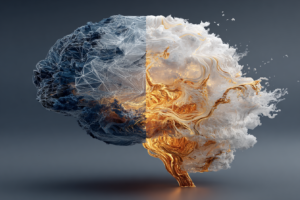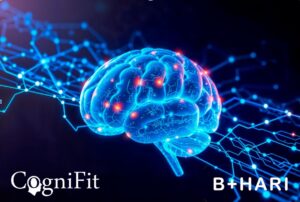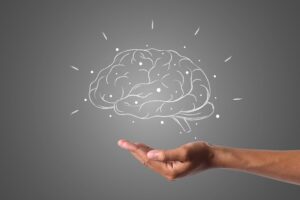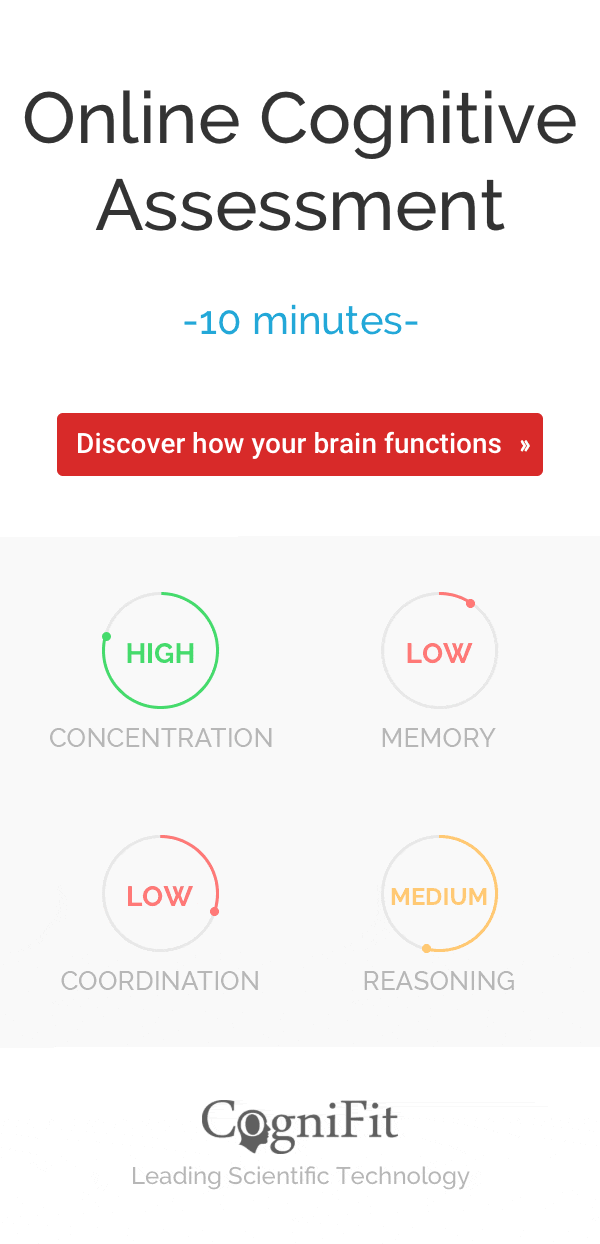
Tongue Twisters and Communication: How the Brain Learns Languages
Have you ever wondered how the brain learns languages? Why are we able to communicate so easily? How is it that we can formulate sentences, speak, and comprehend what others are saying in split-seconds? A majority of us think that language is only controlled by our lips, mouths, ears, and hands. However, what most people don’t know is that language originates in the brain. Specifically, our language faculties are located in certain areas of the left hemisphere cortex in healthy adults. A fun fact to know is that the science of neurolinguistics studies the physical structure of the brain as it relates to language production and comprehension. Read more to find out how the brain learns languages!
Some scientists have argued that language is what distinguishes humans from all other animals on the planet. Other scholars ask if humans are really the only species to possess language. Of course, other animals communicate with one another, like bees, who send each other messages through their special dances. However, human language is more than just communication. Rather, it is a complex system of brain processing that involves auditory messages used as symbols to convey meaning and function in this complicated world.
Looking Deeper into the Structure of the Human Brain
When discussing the brain as a language organ, some physiological and structural characteristics of our brain must be understood:
- Human brains have a contralateral neural control arrangement – this means that the right hemisphere controls the left side of the body, and the left hemisphere controls the right side of the body.
- Each hemisphere has somewhat unique functions, making them asymmetrical. For example, the right hemisphere controls spacial perception, while the left hemisphere controls abstract reasoning and physical tasks that require a step-by-step progression. The left hemisphere is also responsible for language control, which takes place inside the perisylvian area, and this ability is usually fully developed by the time we reach the age of puberty.
Now, why does language originate from the left hemisphere rather than the right? Since the left hemisphere controls patterns that progress step-by-step in a single dimension, it is more apt to control language than the right, which performs complex multi-step tasks. Language is a linear process – sounds and words are uttered one after another in a definite progression, not in multiple directions all at once. In neurolinguistics, this is called monolineal progression. Evidence that language is activated by the left hemisphere comes from PET scans and studies on individuals who suffer from brain injuries.
How the Brain Learns Languages
According to Noam Chomsky, a famous linguist of the late twentieth century, we are all born with a language instinct or language acquisition device (LAD). This is our innate capacity to acquire an extremely creative system of communicating with each other. It seems to be a human genetic trend that everyone possesses: nearly all children exposed to language naturally acquire it as if by magic. Most researchers believe that the LAD is the result of a complex interaction of many genes in the brain that work together to produce and interpret language.
However, it must be noted that the natural ability for humans to acquire language normally diminishes near the age of puberty, which is known as the critical age for fluently acquiring a native tongue. Researchers believe that this phenomenon is connected with the lateralization of language in the left hemisphere. Studies show that children actually use both left and right hemispheres to process language because these brain areas are undeveloped for the time. As children age, their brain structures mature, whereupon the responsibility of language is shifted fully to the left side of the brain. If individuals lose the chance to learn language during their early years before adolescence, then their hemispheres miss the opportunity to mature and develop correctly. Therefore, people who are not exposed to proper language communication during childhood usually are unable to learn to speak a language fluently in adolescence and adulthood. A real-life example of this is the story of Genie Wiley, a feral child who was locked in her dark bedroom for the first thirteen years of her life, tortured by her parents. Because she was not exposed to any form of direct language communication, when she was found at age 13, she was unable to learn language and speak fluently. Her overall abuse resulted in severe consequences that affected her overall ability to interact with others later in life.
Aphasias
Injuries of specific parts of the left hemisphere responsible for language acquisition can result in aphasias, or speak impairments. This is caused by damage in the region of the sylvian fissure, in the perisylvian area. The following two types of language loss are associated with harm done to particular sub-regions of the perisylvian area:
1. Broca’s Aphasia
In 1861, Paul Broca discovered Broca’s area, which is located in the frontal portion of the left perisylvian area. This seems to be involved in grammatical processing, specifically concepts like singular vs. plural and tenses. It processes the grammatical structure of sentences rather than the specific units of meaning – instead of focusing on the content of the language, it emphasizes on how words are put together. Broca’s Aphasia involves a difficulty in speaking, whereby it is also known as emissive aphasia. Broca’s aphasics are able to comprehend written and spoken language but have great difficulty in responding in any coherent way. They tend to utter only isolated words without using conjunctions or full sentences to relay their thoughts.
2. Wernicke’s Aphasia
In 1875, Karl Wernicke discovered Wernicke’s area, which is found in the lower posterior part of the perisylvian region. This controls comprehension, as well as the selection of content words. If this area becomes damaged, grammar and function words are preserved, but the content is mostly destroyed. Therefore, Wernicke’s aphasia involves a difficulty in comprehension – people afflicted are unable to extract meaning from language. It’s also known as receptive aphasia because these people are unable to respond at all to those they are conversing with (contrast with Broca’s aphasia, where patients can understand but have difficulty in replying). Wernicke’s aphasics tend to speak incessantly and will utter volumes of grammatically correct nonsense with relatively few content words or with jibberish words like “thingamajig” or “whatchamacallit,” instead of real content words.
More on How the Brain Learns Language
The healthy human brain uses both areas in unison while speaking and processing language. Adults use the neurons of Wernicke’s area to select sounds to listen to, and the neurons of Broca’s area combine these units according to phonology and syntax to produce utterances.
To speak a word that is written on paper (i.e. reading aloud), information first goes to the primary visual cortex. From there, the information is transmitted to the posterior speech area, including Wernicke’s area. From Wernicke’s area, information travels to Broca’s area, and then to the primary motor cortex, whereupon we speak aloud the words we have comprehended from paper. This similar pathway is utilized when we want to repeat words that are heard, but in this situation, information first goes to the primary auditory cortex and then to the posterior speech area.
What Happens When Your Brain Learns A New Language?
According to recent research by Swedish scientists using magnetic resonance imaging (MRI) and electrophysiology on lab participants, learning a foreign language can increase the size of your brain. Young adult military recruits learned Arabic, Russian, or Dari intensively, while a control group of medical students studied hard on their sciences without learning any new language. The MRI scans showed that specific parts of the brains of the language students developed in size, whereas the brain structures of the control group remained unchanged. The areas of the brain that grew were linked to how easy the learners found the languages, and brain development varied according to performance. Some learners increased the sizes of their hippocampus, while others had an increase in size of the motor region of their cerebral cortex.
Although the implications of this research are not very clear as of yet, they might eventually lead to advances in the use of technology for second-language learners. For example, other researches have used the same ultrasound machinery employed during pregnancy sonograms to explain to language learners how to make sounds by showing them visual images of how their tongue, lips, and jaw should move with their airstream mechanisms and the rise and fall of the soft palate.
Other research, done by Kara Morgan-Short at the University of Illinois at Chicago, used electrophysiology to examine how the brain learns language. She taught second-language learners to speak an artificial language. One group learned through explanations of the rules of the language, and the second group learned by being immersed in the language. While all of the participants learned something from each artificial language, it was the immersed learners who had brain processes like those of native speakers.
Brain imaging research might eventually allow us to shape language learning methods to our cognitive abilities. It can possibly tell us whether we learn best from formal instructions that highlight rules, immersing ourselves in the sounds of the language, or maybe one followed by the other.
